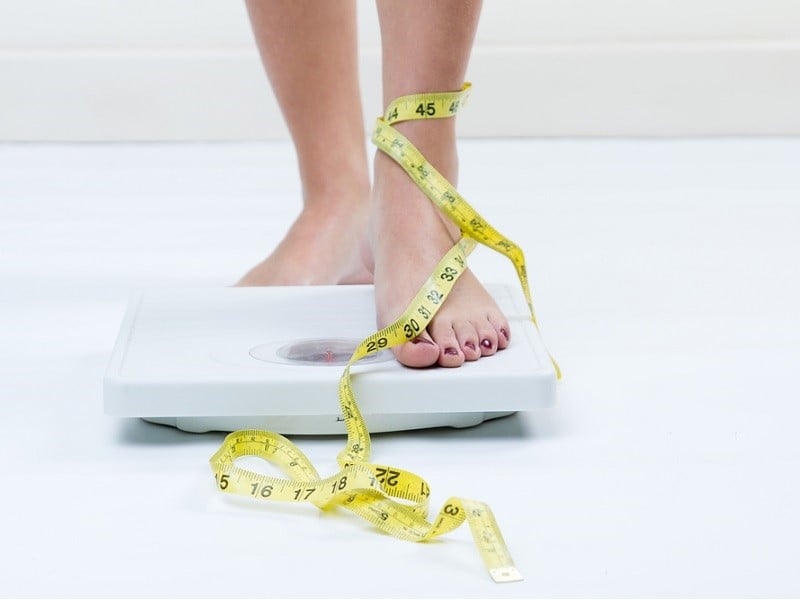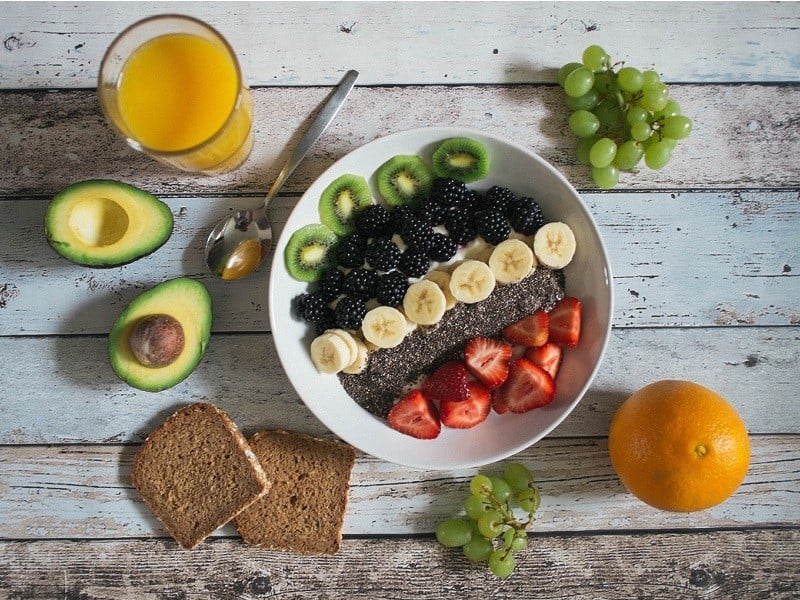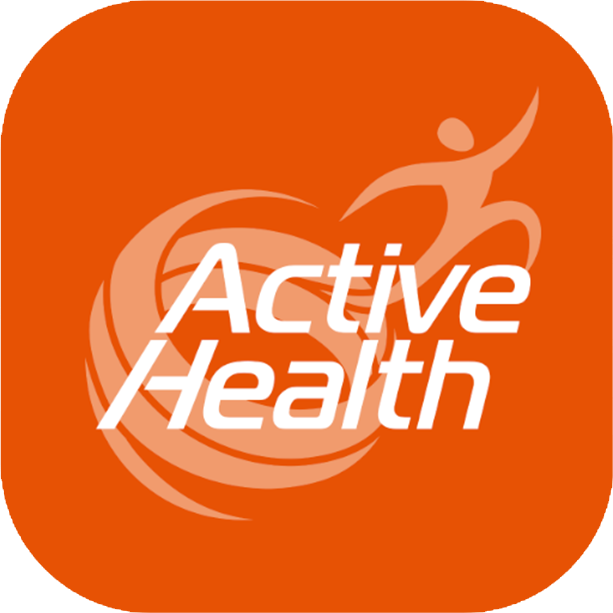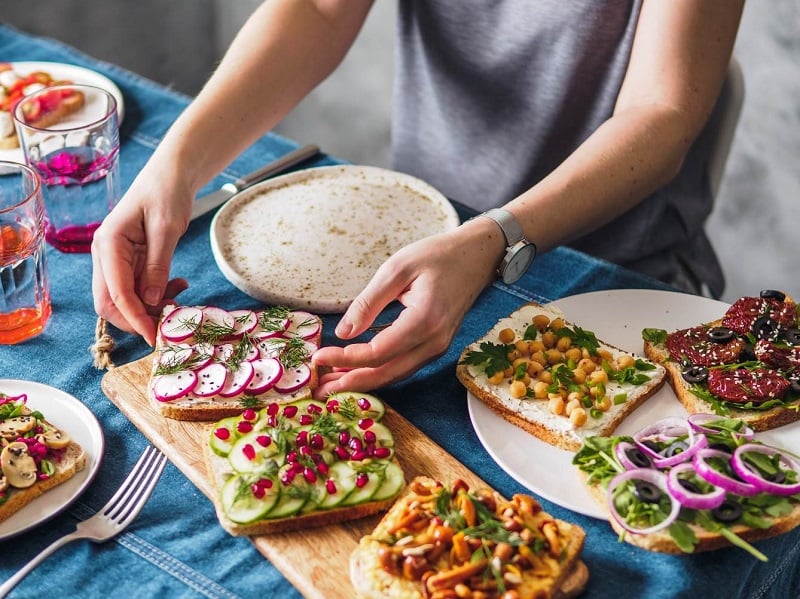
Colourful photos of plant-based diet have been spreading like wildfire on social media and if you have not seen one on your Instagram feed yet, it is just a matter of time before one pops up. A plant-based diet comprises of ingredient sourced from plants, with little or no animal source and promises you a golden ticket into the activist membership of Greta Thunberg.
Types of plant-based diets
Plant-based diets are gaining popularity as people are choosing to reduce or eliminate animal products in their diet. There are many types and variations of plant-based diets. You may select the most suitable option according to your lifestyle and personal preferences.
Types of plant-based diets:
- Vegans
Do not consume any animal products at all, including dairy and eggs - Ovo-vegetarians
Consume eggs but not all other animal foods, including dairy - Lacto-vegetarians
Consume dairy foods but not eggs, meat, poultry and seafood - Lacto-ovo-vegetarians
Consume dairy foods and eggs but not meat, poultry or seafood
Variations of plant-based diets:
- Pescatarians
Consume fish and / or shellfish - Semi-vegetarians (or flexitarians)
Occasionally consume meat or poultry
Why are people choosing this diet?
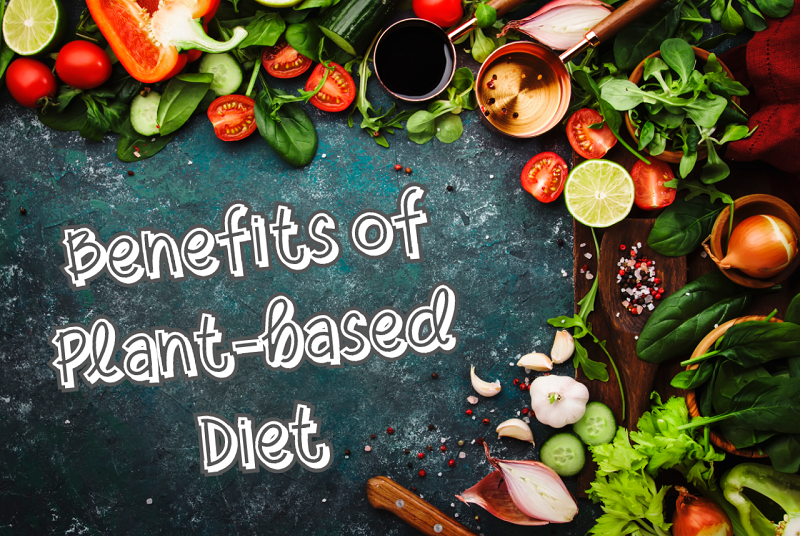
Over the years, there has been a steady surge in people making the informed choice of adopting the plant-based diet. There are varied reasons why people choose to adopt and advocate this diet. The most common reasons are for health benefits and positive environmental impact. There are numerous health benefits plant-based diets offer, which include lowering blood pressure, body fat and cholesterol. As a result, the likelihood of suffering from obesity, developing type II diabetes, and risk of cardiovascular disease, stroke and certain types of cancer are all greatly reduced.
► Check out: Workshops to help you Eat Better
Is there sufficient nutrition in a plant-based diet?
The leading concern of a plant-based diet is whether it contains enough quality protein, calcium and iron for its consumer. While this is a reasonable concern, if can be easily addressed by consuming the right amount of varied foods.
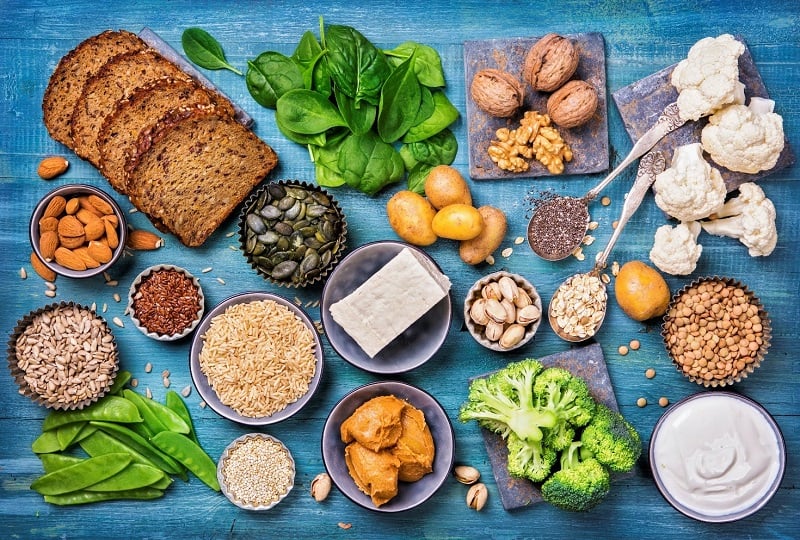
Plant-based sources of protein include tofu, lentils, beans, chickpeas, seeds, nuts, and nut butters. It is important to consume a variety of plant-based sources over the course of the day as most plant-based proteins are lacking in one or more essential amino acids. Consuming two or more of these incomplete proteins together forms complementary protein – a protein that contains all the essential amino acids required in our body in sufficient amounts.
Active Health Coach Azlina recommends these meal and snack options with complementary protein:
- Red bean pau
- Hummus on bread
- Chickpea curry and rice
- Vegetable patty on a roll
- Soba salad with edamame
- Tomato-based pasta with beans
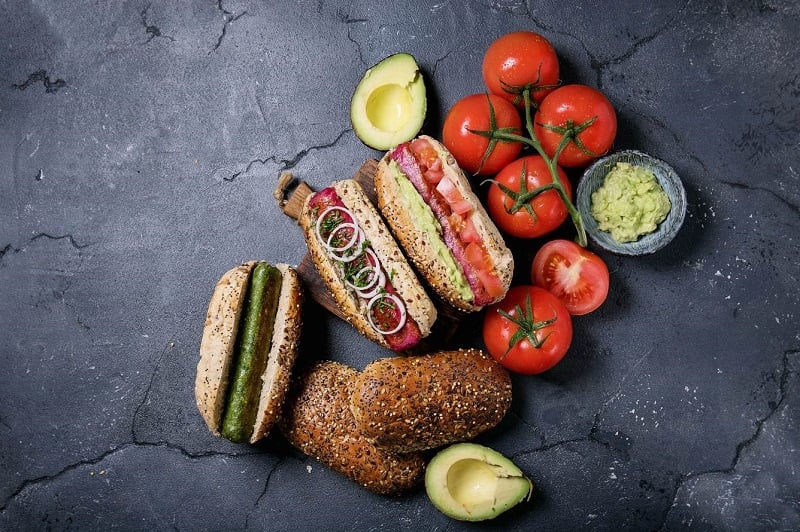
Latest meat-substitute products like Impossible Meats and soya sausages are also alternative sources for protein. They are useful in helping individuals gradually adapt to a plant-based diet. Impossible Meats are 100% plant-based and it gets its meat-like colour and flavour from a protein called leghemoglobin, found in the root of legumes. Nutritionally, Impossible Meats have a lower amount of protein, contains carbohydrates and similar amount of fat when compared to a beef patty. There are some controversies with the Impossible Meat as leghemoglobin is genetically engineered and may have potential side effects on health.
Eating plant-based foods such as figs, almonds, tofu, sesame seeds, green leafy vegetables and kidney beans can help to meet the calcium requirement of an individual. In Singapore, the recommended intake for calcium is 800 mg for individuals aged 18 – 50 and 1000 mg for individuals aged 50 and above. Calcium is critical in helping to maintain a healthy bone density and preventing fractures.
Iron is vital to for the healthy function of haemoglobin within our blood, a protein responsible for transporting oxygen throughout the body. Iron deficiency can lead to iron deficiency anaemia, which is more prevalent amongst the female population due to blood loss during menstruation. Plant sources of iron include nuts, dried fruits, whole grains, seeds and green leafy vegetables. However, the iron in plant foods is absorbed less efficiently than iron from animal sources like meat and eggs. It is highly recommended to consume plant-based iron sources with Vitamin C, which aid in better absorption of iron.
► Check out: Workshops to help you Eat Better
How should you start on a plant-based diet?
For individuals with pre-existing medical conditions or weight management issues, the safest and most sound way of embarking on a plant-based diet is to attain medical clearance from your medical physician. In addition, seeking tailored professional advice from a dietitian who is aware of your medical conditions is strongly recommended.
For the rest of you who are generally well, you can start off your journey towards a plant-based diet by including it into your routine once a week. Gradually increase the number of days you consume plant-based food in a week, to avoid going cold turkey. Another great way is to increase the portion of vegetables, while reducing the portion of meat in every meal. You could also try consuming fresh fruits as snacks or dessert.
Preparing and cooking your own plant-based meals are fun and it gets you very much involved in the transition process. There is a plethora of plant-based recipes on the internet, catering to a wide variety of cuisines. It also helps to join interest groups that focus on plant-based diet, as you can get support and tips from fellow plant-based dieters, and even bounce ideas off each other. So, what are you waiting for?
Tips from Active Health Coach Azlina to prepare your meals, using my Healthy Plate as a guide
Breakfast
- 2 slices of whole meal bread
- ¼ plate of baked beans
- ¼ plate of avocado, tomato and cucumber salad
- 1 apple
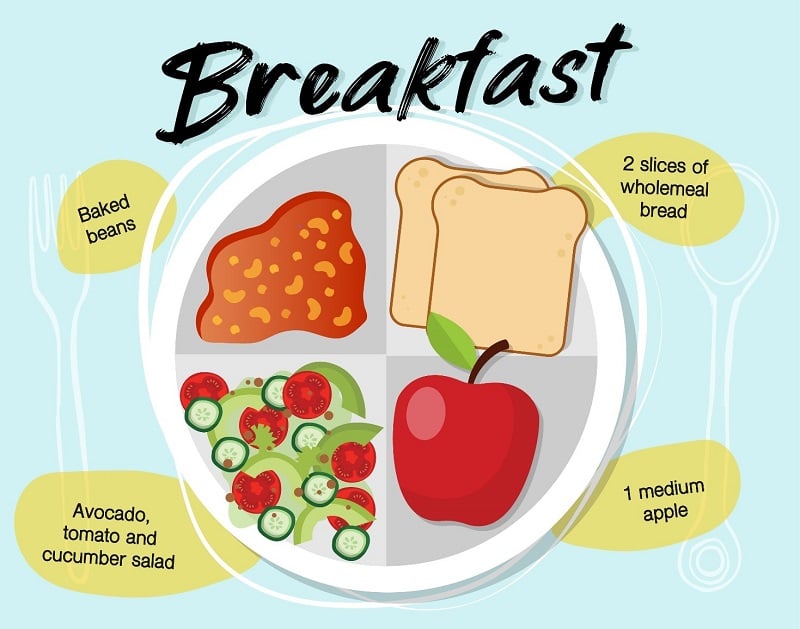
Lunch
- ¼ plate of brown rice
- ¼ plate of braised tofu
- ¼ plate of stir-fried vegetables
- 1 wedge of watermelon
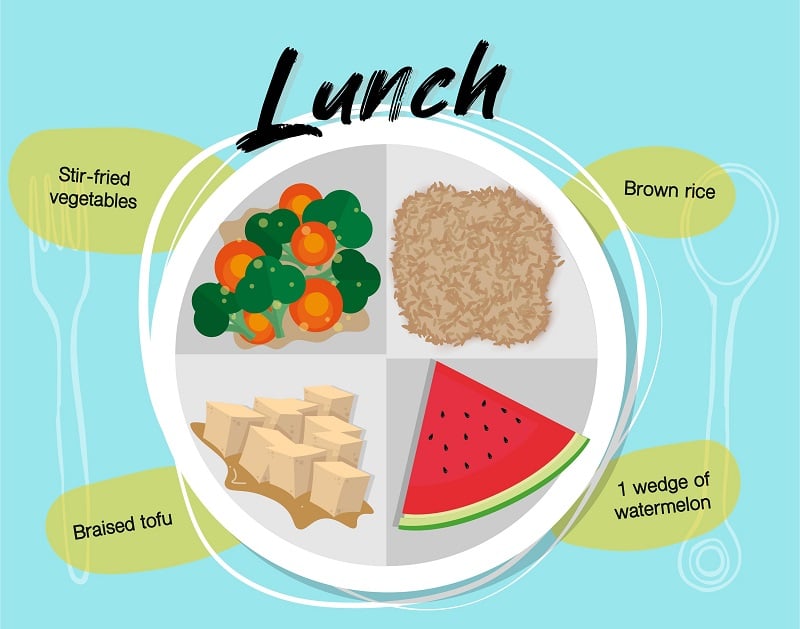
Dinner
- ¼ plate of pesto pasta
- ¼ plate of chickpea patty (3 small pieces)
- ¼ plate of side salad
- 1 orange
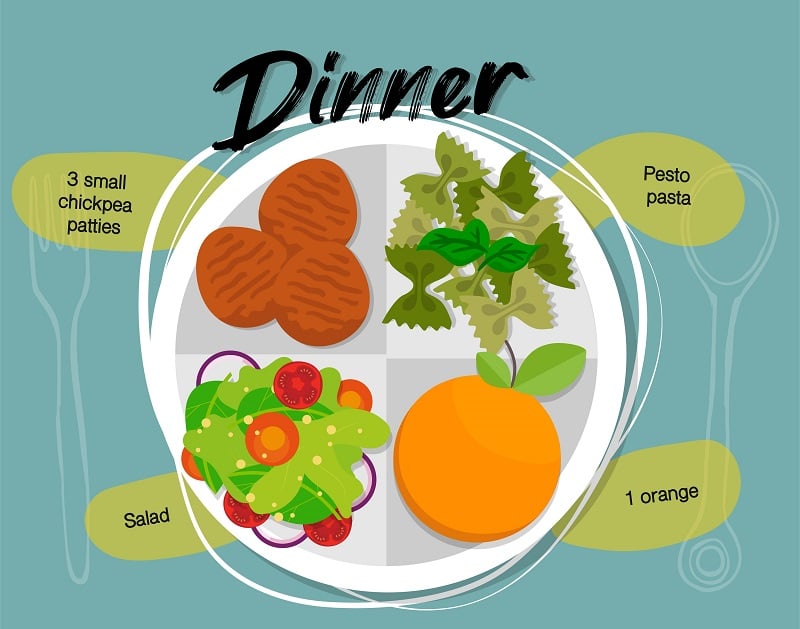
► READ: More articles and tips on Nutrition
► Check out: Experiential workshops led by Active Health Coaches










